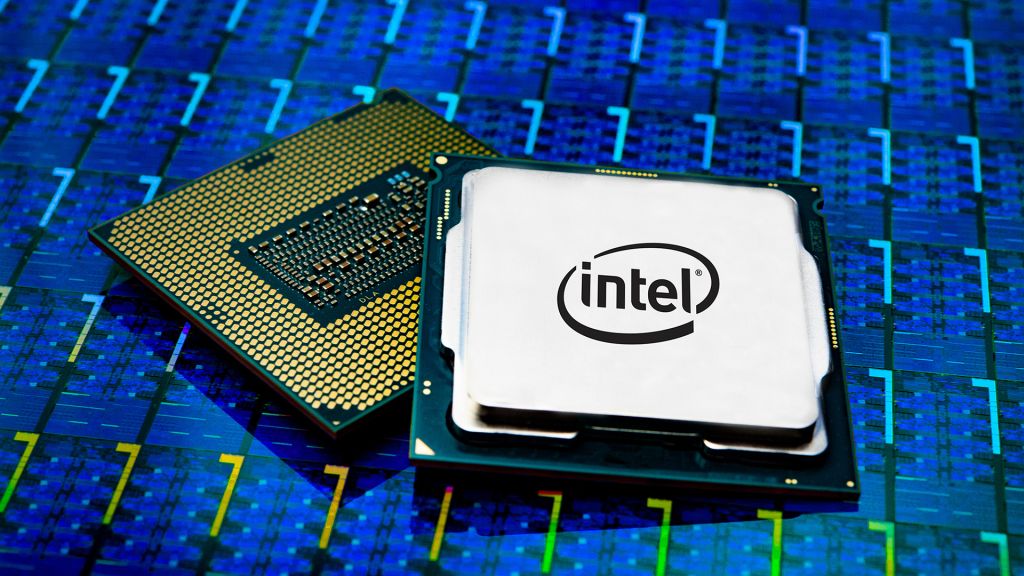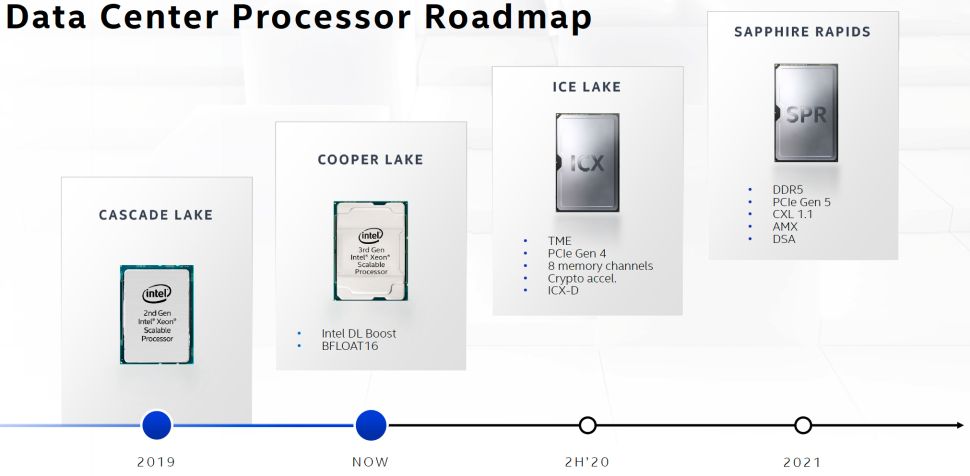Intel gives an update on crucial CPU projects: Alder Lake and Sapphire Rapids
In an update to analysts and investors, Intel has revealed some additional details about its ongoing projects, namely the Alder Laker hybrid processor for client PCs as well as the Sapphire Rapids CPUs for servers. Apparently, Alder Lake is sampling to PC makers, whereas Sapphire Rapids is about to.
“We are now sampling our 2021 client CPU Alder Lake, and we’ll be sampling our 2021 data center CPU, Sapphire Rapids later in the fourth quarter,” said Bob Swan, CEO of Intel, during the company’s earnings call with analysts and investors. “Both will deliver significant capabilities enabled by our six pillars of innovation including our [10nm] Enhanced SuperFin technology.”
Hybrid x86: Intel's Alder Lake is Sampling
Being a rather mysterious processor in Intel’s roadmap, Alder Lake promises to bring the concept of heterogeneous multi-core to x86 processors for client PCs. High-end versions of Alder Lake CPUs for desktops are expected to have up to 16 cores. Back in August Intel indeed said that Alder Lake belongs to ‘performance’ segment of CPUs.
“We are advancing our hybrid architecture significantly with the focus on performance,” said Raja Koduri, chief architect at Intel. “We are working on next generation hardware, guided scheduler, optimize for performance and leveraging all close seamlessly. Alder Lake will not only be great for performance, but it will also be our best performance per Watt architecture.”
Intel plans to use its 4th generation 10 nm process technology — called 10 nm Enhanced SuperFin — to make Alder Lake processors. The process technology was originally designed for datacenter products in mind, which typically means enhancements to power delivery, MEOL and BEOL in semiconductor production terms. Power delivery is crucial for hybrid processors, such as those that use Arm’s Big.Little architecture.
Sapphire Rapids Samples in Q4
Releasing first samples of Sapphire Rapids to customers in Q4 2020 is meant to enable them to launch servers based on these CPUs sometimes in late 2021 or early 2021. Intel is supposed to start volume production of its Sapphire Rapids processors by early 2022 because the company has at least one SPR-based supercomputer contract — the Crossroads — that is set to be delivered by the time.
But if Intel launches Sapphire Rapids in early 2022, this leaves the company’s 3rd generation Xeon Scalable ‘Ice Lake-SP’ processor about a year of active life on the market. Meanwhile, the two platforms are completely incompatible and it will take Intel’s server partners quite an effort to transit to it. In addition to processor innovations, the new platform will support DDR5 memory, the PCIe 5.0 bus with a 32 GT/s data transfer rate that is enhanced with CXL 1.1 protocol to optimize CPU-to-device (for accelerators) as well as CPU-to-memory (for memory expansion and storage devices) interconnects.
Just like Alder Lake CPUs and Xe-HP GPUs, Sapphire Rapids will be made using Intel’s 10nm Enhanced SuperFin process technology.

